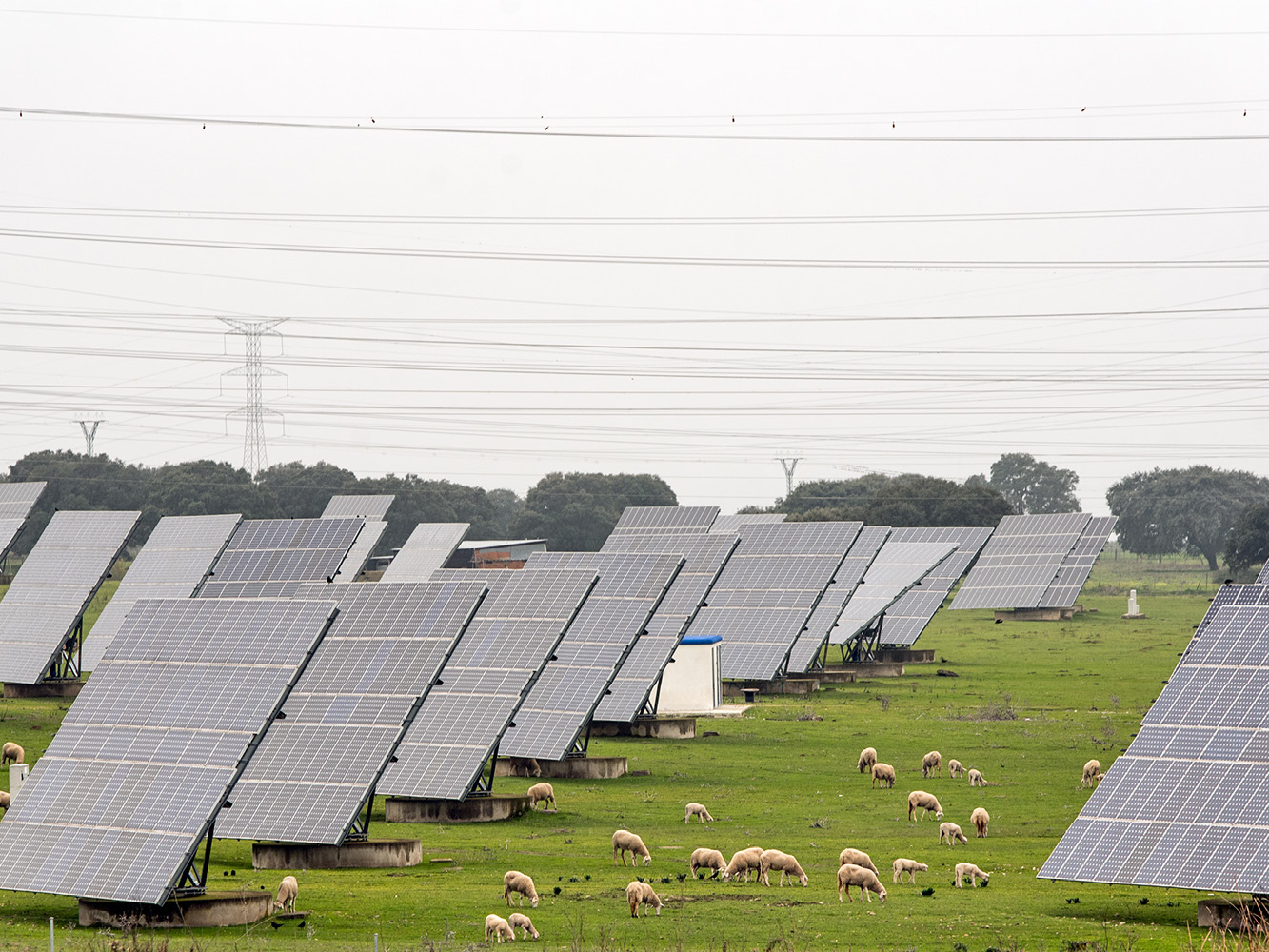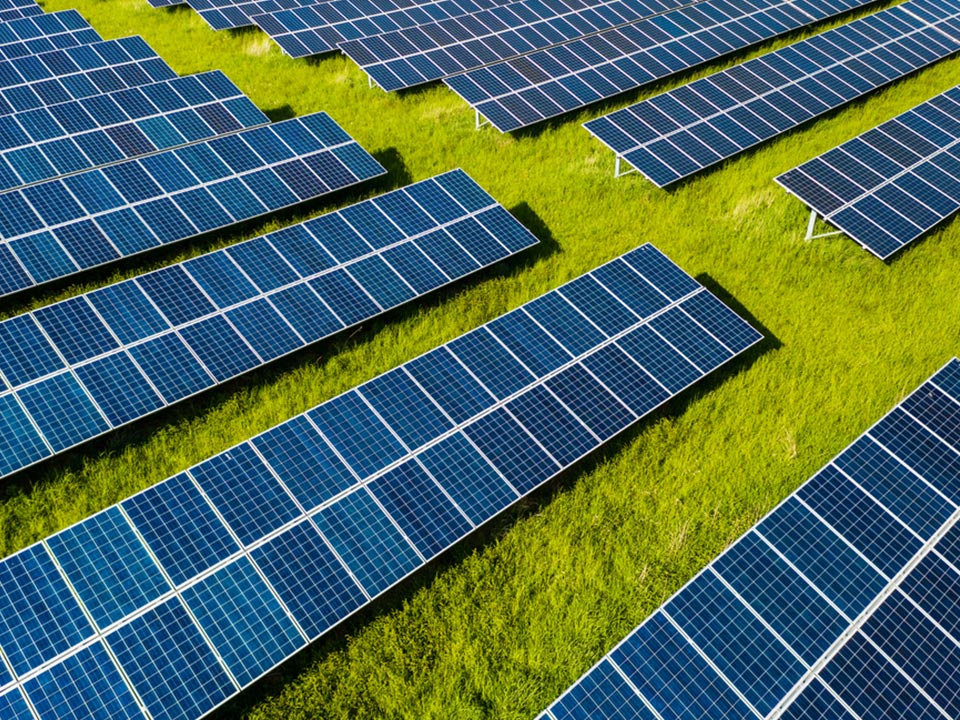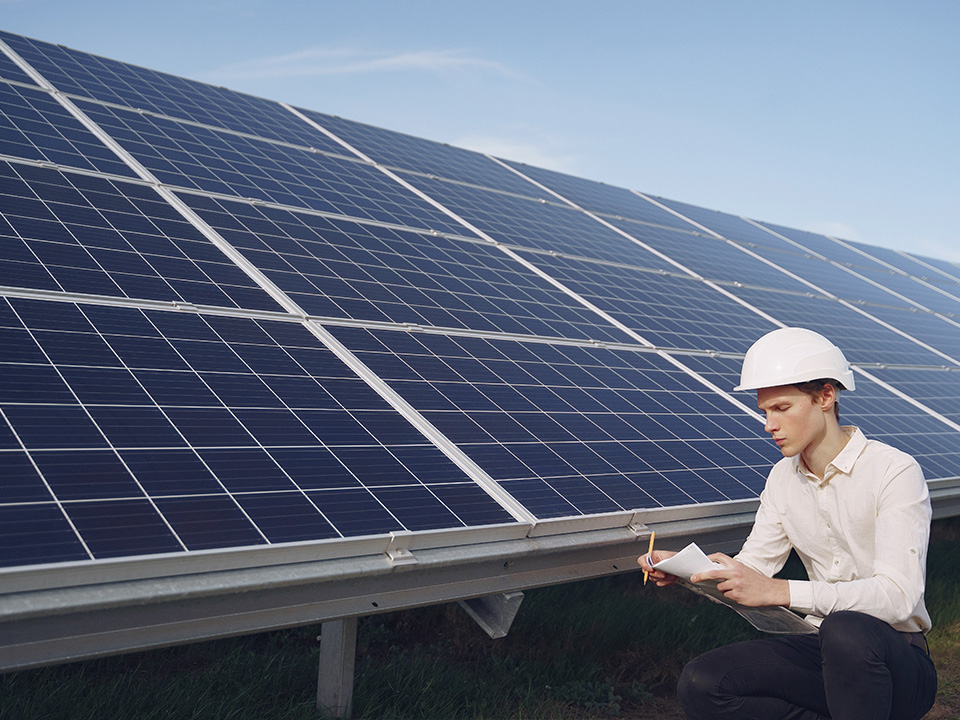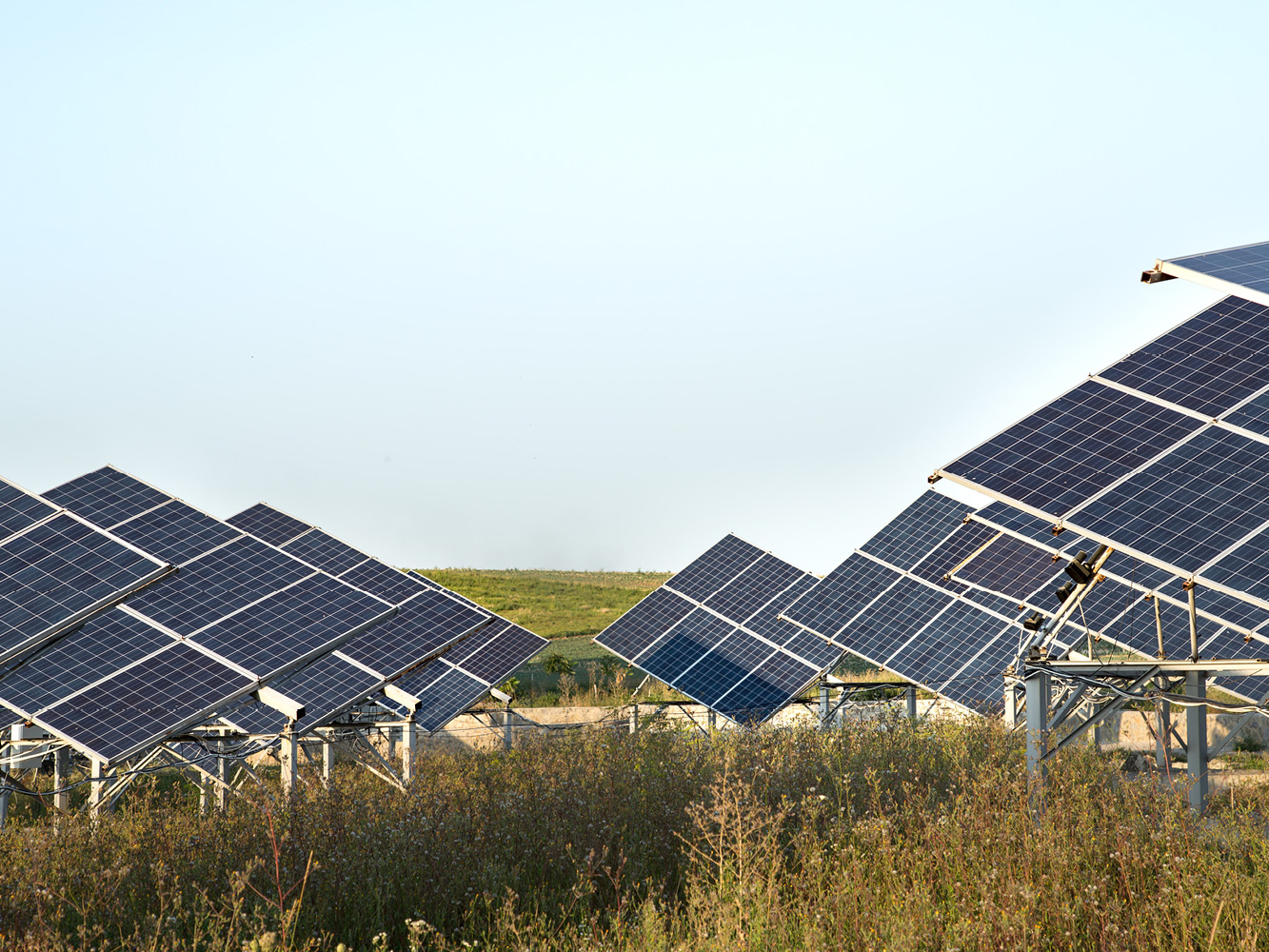
Permission to build a renewable energy plant cannot be denied on incongruous, generic and unproven grounds. All the more so, if the project falls in an area without environmental and landscape constraints and concerns an agrovoltaic plant, capable of combining energy production with agricultural activity, which cannot be assimilated to a traditional ground-mounted photovoltaic system.
These, in brief, are the observations of the Apulia Regional Administrative Court that led the judges to uphold a company’s appeal against the Apulia Region.
Italy is lagging behind with the energy transition, Legambiente reports. Regulatory, bureaucratic and cultural obstacles are holding back new renewable installations.
In the Belpaese, the development of renewable energy is still difficult, the major difficulties being obsolete and poorly organized regulations, slow authorization processes, and the bureaucracy of the Regions and the Superintendencies of Cultural Heritage.
These problems in the implementation of new clean energy plants have led to an unsatisfactory result in terms of effective implementation. There are 1364 plants still on the waiting list in Italy for the stage of environmental impact assessment, environmental impact assessment submissibility verification, preliminary assessment and single environmental measure, at the state level. 76 percent of these projects are in the regions of Puglia, Basilicata, Sicily and Sardinia.
Despite the simplifications initiated by the previous Draghi government and the establishment and strengthening of the two EIA-SIA Commissions, which are responsible for issuing opinions on large strategic plants for the country’s energy future, few permits have been granted by the regions in the past four years. In 2022, only 1 percent of photovoltaic plant projects received authorization.
Over the past four years, the number of authorizations issued for the construction of clean energy plants in Italy has decreased dramatically. In 2019, 41% of applications received authorization, while in 2020 and 2021 the percentages dropped to 19% and 9%, respectively.
Participation and local leadership are an essential part of the right energy transition, to better integrate renewable facilities and make them an added value for those living in the territory.


